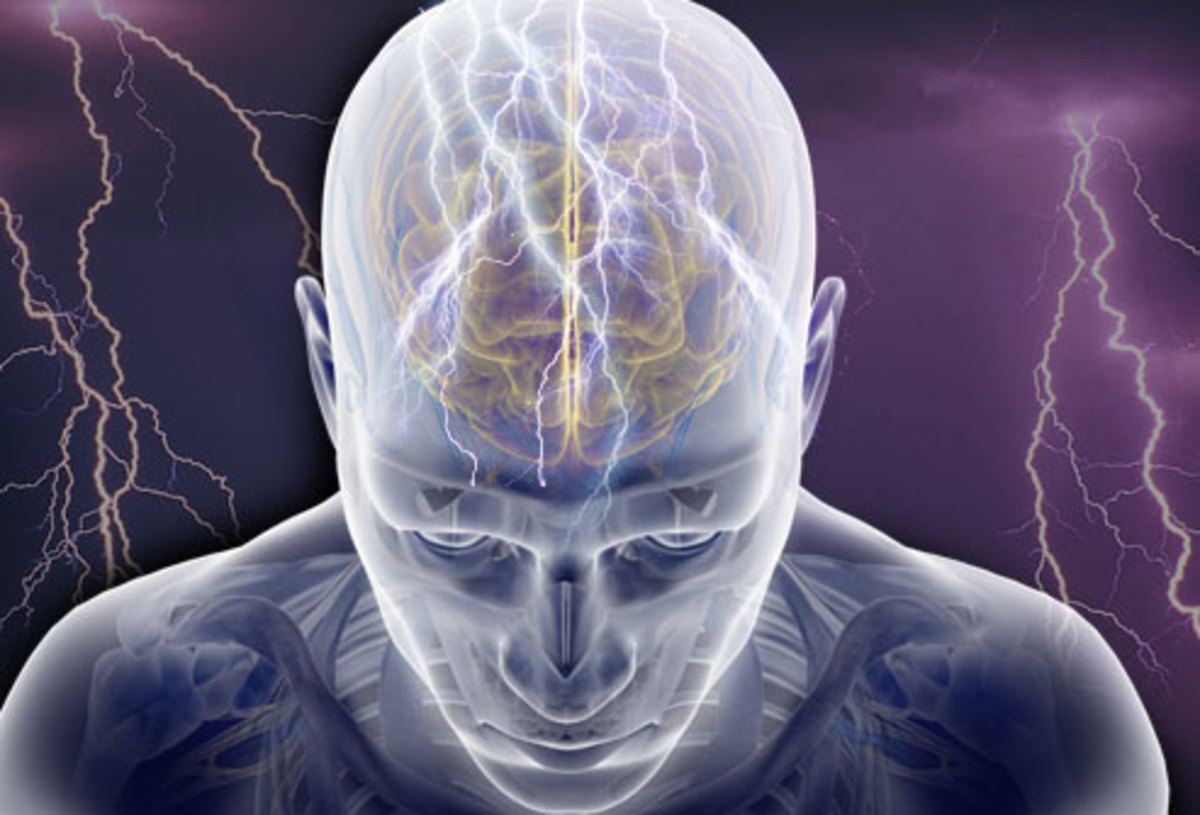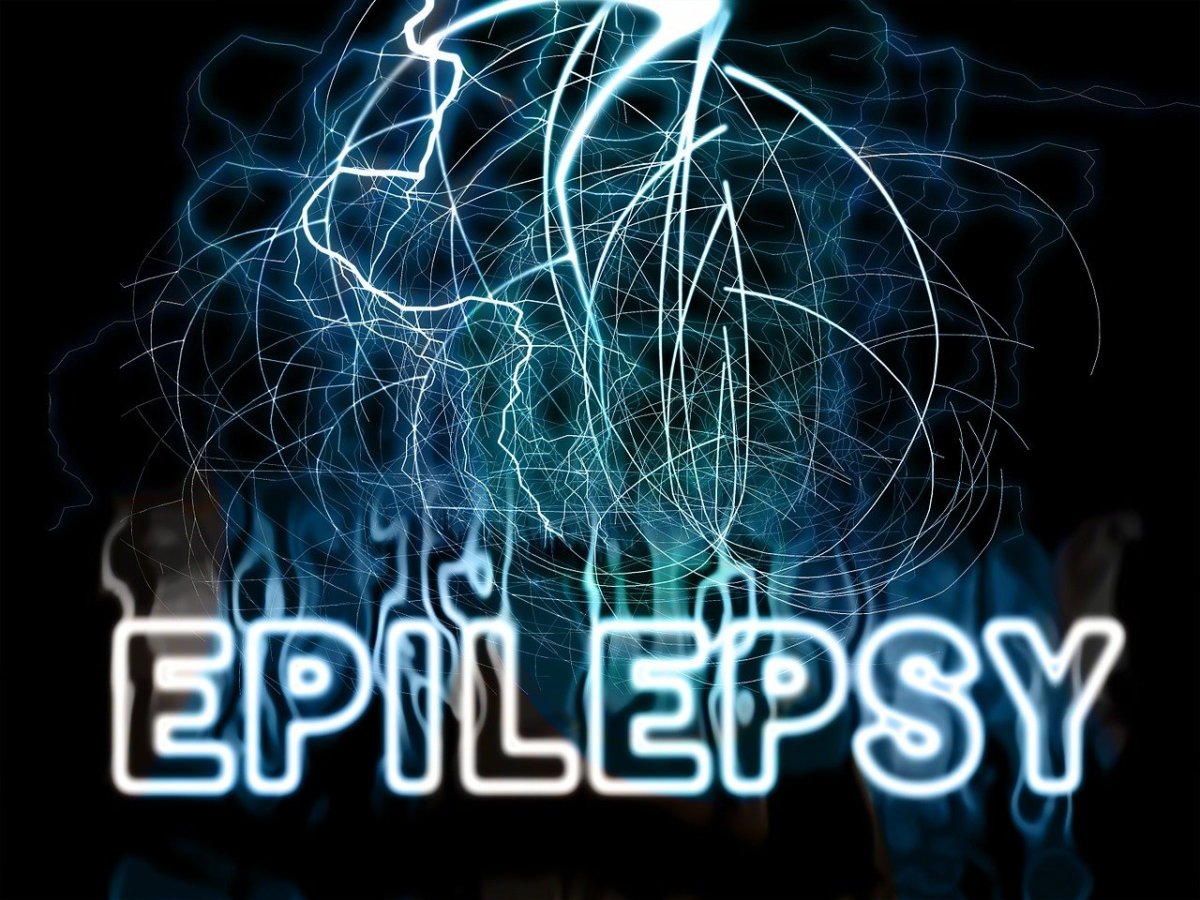Neurological Disorders

Neurological Disorders
Volume 4, Issue 17, December 18, 2013
I walked into the lobby of my office and at a desk across the room I could see my co-worker and volunteer who was looking downward at the paperwork in front of him holding a blank stare. Without any notice or warning my co-worker began to mumble and then shake where he was repeating the same words and pointing in a jittery sort of way. I struggled to find the words and asked if he was okay. He stuttered and continued to mumble; then all of a sudden he fell to the floor and began trembling and violently tossing around. He looked so jagged and tense, it looked as though he was having trouble breathing, and it scared me. I rushed to him and put his violently shaking body on its side and proceeded to tell him to stay calm and focus on something. I told him I was there with him and I want him to hear me. I continued to talk to him, then as suddenly as he began to tremble and violently shake he was back at a conscious state of mind, and speaking to me in a normal voice and intelligible words. When he was able to talk I asked what happened and he told me he just had a grand-mal seizure but he was not in a conscious state of mind, he was in an unconscious state of mind. It was the first time I had seen someone have an epileptic seizure.
Once I was in the grocery market and a woman who was in front of me in the line had an epileptic seizure and I did the same thing in laying her on her side. But she had a more violent seizure than that of the man and I watched her intently, as her eyes rolled back in her head. My first thought was she looked very scary. As a matter of fact I looked around in the store and the grocery line and everyone watched in horror like they were watching a horror flick. I must and have to say that if I had not been exposed to seeing my co-worker have an epileptic seizure I would have thought something different. There once was a time in the past that society thought differently about epilepsy.
In or about, 400 B.C. Hippocrates a Greek physician refuted the society he lived in, an argued that Epilepsy was a neurological disorder or brain disorder and not a curse or a prophetic power. It was also thought of as sacred or divine event that was produced by a higher god or authority with the power to produce a seizure on a subject at the same time or era. In 70 B.C., Epilepsy was also discussed in the bible and it was stated that Jesus Christ cast out a devil in a young man who had epilepsy. It was thought of at the time, that the young man was robbed of his speech and it seized him and it (demon) threw him to the ground. This belief still continues today and still is prevalent among some cultures and even some places here in the United States. When I glanced around the room in the grocery store it occurred to me that even some of those people who were staring in horror might of thought that this young woman was possessed. If I had not been exposed and seen someone before when I worked with someone with Epilepsy I think I would of fell into the same category of people who did not know any better because I was not educated in the condition or disorder. Awareness of this disease was not among the things I had learned either at school or at work. It just so happened to occur at work and that is how I learned more about this neurological disorder. This is how I learned more about Epilepsy.
In 1494, Epilepsy was thought to be part of witch-hunting persecution and torture, where witches had the characteristic of seizures. In the 1900’s more and more medical physicians and neurologists were studying and creating medicines and developing treatment for Epilepsy because it began to become more wider known that it was a neurological disorder and not anything else but an issue of neurology (http://www.epilepsy.com/epilepsy/history).
DEFINITIONS
Epilepsy is a medical condition that produces seizures affecting a variety of mental and physical functions. It is also called a seizure disorder. Epilepsy also affects the person’s mood and emotions.
Seizures are reactions of the body or bodily functions when a surge of electrical activity fires off or does not fire off properly and malfunctions in the brain then it produces a reaction or response to the activity in the mind-brain causing unconsciousness (http://www.epilepsyfoundation.org/aboutepilepsy/seizures/index.cfm.). Epilepsy is active and engaged in the temporal lobe of the mind-brain.
Episodes like the one I described above happen every day to someone diagnosed or undiagnosed with Epilepsy. Although it is not the petit-mal type of Epilepsy because there are a few different forms, it is an accurate account of someone who had a grand-mal seizure. So just what is Epilepsy? It is a neurological condition that the mind-brain neurons cannot function properly and oxygen is not being sent to the brain or the areas where the body needs it most, so the body or bodily functions react and do not respond properly . A person who is medically diagnosed with Epilepsy is usually born with the condition, however, there are cases that they did not acquire epilepsy at birth; some have acquired it through a bad diet or chemical reaction and their present environment, a person can be afflicted by it through its environmental development or even by an accident or a blow to the head.
There have been many famous people like Julius Caesar of the Roman Empire fame, Hercules, Plato and Socrates famous Philosphers fame were also afflicted with the neurological disorder of Epilepsy.
Neurologically, all of the neurological conditions I will name below have the same issue of neurons in the mind-brain not being fired properly or malfunctioning in the mind-brain. The conditions exist through no fault of the subject or though their own volition. People are either born with it; acquire it through their lifetime in developing the disease the causation of their environment, or having an accident or blow to the head. It could be a number of things or combination of what I just mentioned.
The table shown is the latest statistics according to the Bureau of Labor Statistics, 2/2011 release.
There are numerous neurological conditions that people may not consider or relate to them as being a neurological condition, instead it is called or recognized by its medical diagnosis or medical name. Several of the medical conditions that are neurological conditions are named below:
- Attention Deficit disorder (ADD/ADHD)
- Bipolar Disorder
- Anxiety
- Autism
- Epilepsy
- Mild Cognitive Disorder
- Obsessive-Compulsive Disorder
- Depression
- Eating Disorders (Anorexia, Bulimia, Binge Eating)
- Migraines
- Drug Abuse
- Restless Legs Syndrome
- Multiple Sclerosis
- Parkinson’s Disease
- Schizophrenia
- Stroke
- Other Emotional or Neurological Conditions
- Alzheimer’s
References
Kotulak, Ronald (1935- ) Inside the brain, revolutionary discoveries of how the mind works, A Universal Press Syndicate Company
Retrieved from the Internet
http://www.epilepsy.com/epilepsy/history
http://www.epilepsyfoundation.org/aboutepilepsy/seizures/index.cfm.
http://www.census.gov/prod/2013pubs/acsbr11-12.pdf
http://www.sciencedaily.com/articles/a/attention.htm
http://aida-garcia.hubpages.com/hub/Engaging-the-5-Magnificient-Senses
http://aida-Garcia.hubpages.com/hub/Neurological-Triggers
<a target="_blank" href="http://www.amazon.com/b/ref=as_acph_cc_nyed_121_1230?_encoding=UTF8&camp=1789&creative=9325&linkCode=ur2&node=7419110011&tag=aidagarciahub-20">Shop Amazon - New Year's Eve Deals</a><img src="http://ir-na.amazon-adsystem.com/e/ir?t=aidagarciahub-20&l=ur2&o=1" width="1" height="1" border="0" alt="" style="border:none !important; margin:0px !important;" />
There are 1.4 to 2.7 in US with a disability
| 13.0 percent of the population of California have cognitive disability
| In 2011 there were nearly 46.0 million people in the US
|
|---|---|---|
14.2 percent of the US population have a cognitive disability
| 14.6 percent of the US population have difficulty in concentration, remembering, and making decisions
| In California as of 2011 there were 5,294,634 people on public assistance with a disability
|
Self-Care & Independent living difficulty is at 15.9 percent of the US population
| 30.4 percent of the people in the US have a disability
| |
US Census Bureau Stats (2/2013)
|









